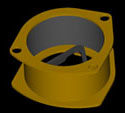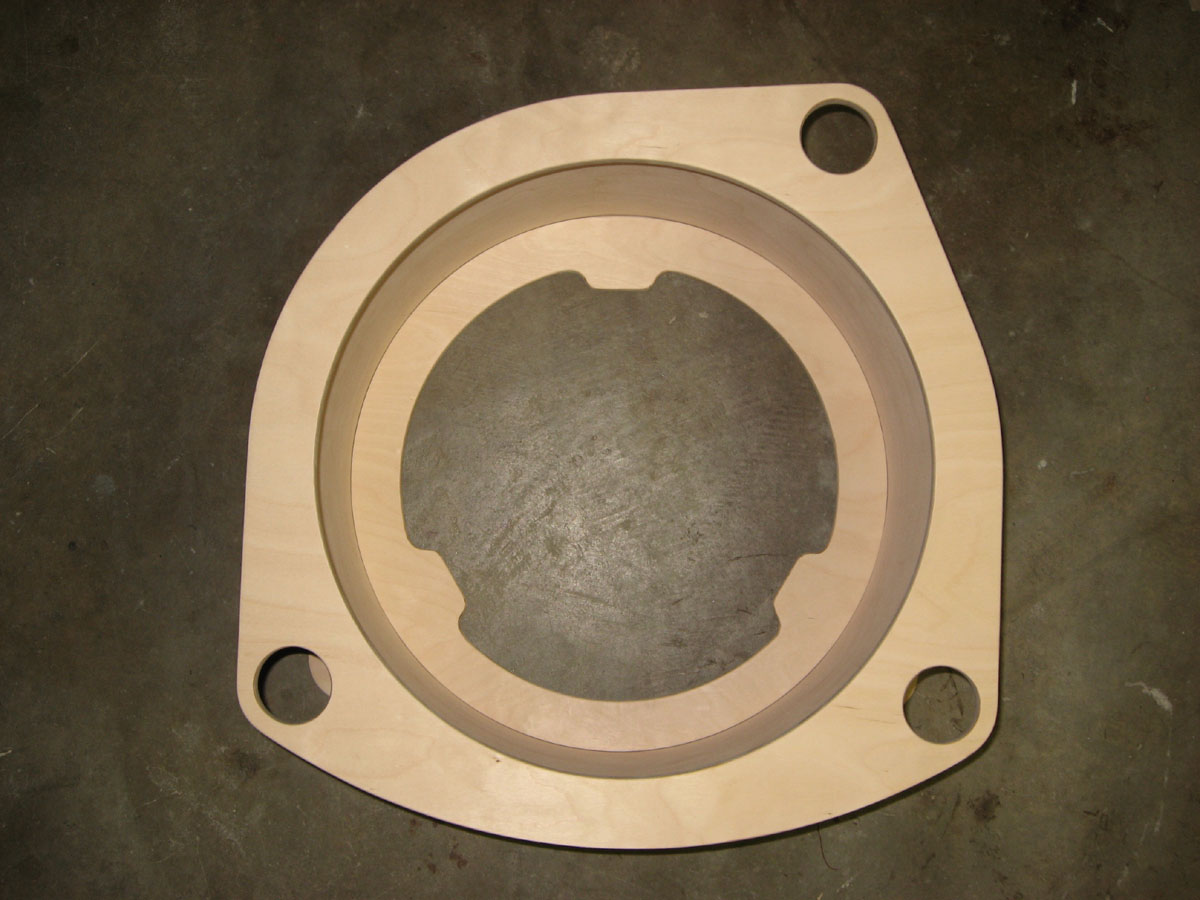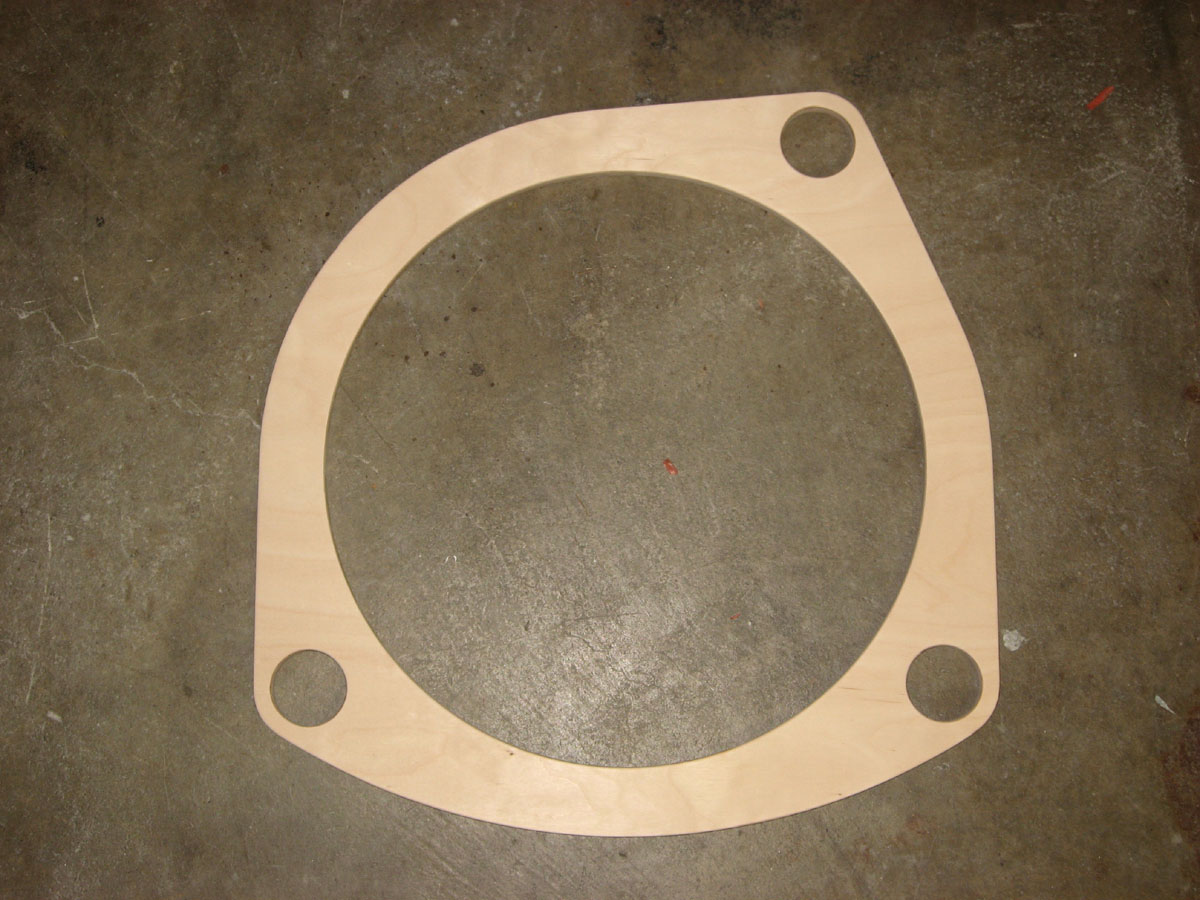After much consideration, I decided to head to the DARC observatory on Saturday night. It was a little bit of a gamble since the clear sky clock had forecast below average to average transparency, which usually means that wispy clouds would pass overhead, possibly ruining my chances of detecting the most subtle details on the faint targets I was planning to observe. But since it was the last opportunity to go out and observe during this new moon, I took the chance and hoped for the best.
I arrived after dark, around 6pm, and quickly setup my equipment next to Peter Nastcher and his 24″ Starmaster telescope (always a prime spot) Shortly after, a “show and tell” presentation took place inside the observatory building. Dr. Bob Caton talked about some of the photographical work he’s done recently with his 4″ wide field refractor and 20″ Ritchey-Chretien telescope. Daniel Stefanescu talked about M1, and I briefly showed off a few photographs of the early construction of my new 16″ F/4 telescope.
Around 8:50pm, the sky got dark enough to start observing. As expected, thin clouds were passing overhead. Thankfully, they remained to the north, and never really interfered with my plans to observe Herschel II objects in Cetus. By 10pm, the sky was completely clear, and the transparency was actually very decent. The NELM was 6.6 in Aries. After midnight, the air became slightly drier and the transparency slightly better, bumping the NELM to 6.7. The wind was non-existant. The temperature was hovering between the mid and the low 30s. The humidity was high, but the optics remained mostly dew free for the entire night.
Among the highlights of the night, I saw the horse head nebula (Barnard 33) for the first time, using my 12″ telescope and a UHC filter. I was actually surprised by how easy it was to detect. Using a Panoptic 27 without a filter, I was even able to see it along with Alnitak (Zeta Orionis) and the Flame Nebula (NGC, in the same field of view. What an incredible sight! We also looked at the horse head nebula through Peter’s 24″ scope, and the horse head shape was unmistakable.
The deep red/pink color in M42 was very obvious around the bright blue-green core region and in the two far flung extensions. The E and F stars in the trapezium were easily detected. Finally, Sirius’ companion, affectionately called “the pup”, was seen by several observers.
I would like to thank Dr. Lee Hoglan and Dr. Bob Caton for their continued hospitality. It was a good night, and I’m already looking forward to the next opportunity to observe there. Below is my log for the night. Cheers!
Location: D.A.R.C. Observatory [Elevation 1400ft]
Telescope: Meade Lightbridge 12″ F/5
Eyepieces used:
- Televue Panoptic 27mm (56x – 1.2° TFOV)
- Televue Nagler 16mm type 5 (95x – 52′ TFOV)
- Televue Nagler 9mm type 6 (169x – 29′ TFOV)
- Televue Nagler 7mm type 6 (217x – 22′ TFOV)
- Televue Nagler 5mm type 6 (305x – 16′ TFOV)
(All times are PST)
NGC 151 GX Cet 00h34m34.6s -09°38’56″ 12.3 mag 09:05pm
2.5′x1′ elongated ENE-WSW. Very faint halo. Moderately faint core, round, approximately 30″ in diameter. Stellar nucleus. Moderately bright star just outside the halo at the ENE end.
NGC 217 GX Cet 00h42m05.7s -09°57’55″ 13.5 mag 09:20pm
Moderately faint core about 1′x30″ elongated WNW-ESE. Very faint stellar nucleus. Extremely faint halo roughly 2′ in length elongated WNW-ESE.
NGC 337 GX Cet 01h00m21.9s -07°31’21″ 12.0 mag 09:50pm
2′x1.2′ elongated NW-SE. Moderately faint, very slightly brighter in the center. Subtle hints of mottling detected (?)
NGC 357 GX Cet 01h03m53.7s -06°17’02″ 13.2 mag 10:05pm
Round, 20″ in diameter. Hints of a stellar nucleus (?) Only the core was positevely detected. The halo must be extremely faint! Moderately faint star about 40″ E.
NGC 636 GX Cet 01h39m38.2s -07°27’37″ 12.4 mag 10:15pm
Fairly bright core, round, 20″ in diameter, fairly bright stellar nucleus, very faint halo, gradually dimmer toward the outside. Did not note the extent and position angle of the halo.
NGC 428 GX Cet 01h13m28.0s +01°02’13″ 11.9 mag 10:45pm
3′x2′ elongated NW-SE, moderately faint. Very slightly brighter core, round, 45″ in diameter. Two bright stars (mag 8.6 and 8.7) about 8′ W and 8′ NNE. Interestingly enough, I did not note the presence of two prominent albeit dimmer stars (mag 11.9 and 12.5) located just outside the halo to the S and the NW.
NGC 1045 GX Cet 02h41m00.0s -11°14’01″ 13.5 mag 10:55pm
Fairly faint, round, 30″ in diameter. Moderately faint stellar nucleus.
NGC 991 GX Cet 02h36m04.2s -07°06’32″ 12.9 mag 11:30pm
Very faint uniform glow about 1.5′ in diameter, very slightly brighter core. Moderately bright star (mag 13.4) about 1.5′ S.
NGC 1035 GX Cet 02h40m00.6s -08°05’23″ 12.9 mag 11:45pm
2′x30″ elongated NNW-SSE, moderately faint, fairly uniform. Moderately faint star at the SSE tip.
NGC 1087 GX Cet 02h46m57.7s -00°27’17″ 11.5 mag 12:05am
2′x1′ elongated N-S. Moderately bright, pretty uniform, very slightly brighter core.
NGC 1090 GX Cet 02h47m06.5s -00°12’11″ 12.6 mag 12:10am
2′x1′ elongated E-W, fairly faint, pretty uniform. Slightly brighter core about 20″ in diameter. Pretty faint star (mag 15.2) just 45″ S.
NGC 1032 GX Cet 02h39m56.4s +01°08’21″ 12.6 mag 12:30am
2′x45″ elongated ENE-WSW. Moderately faint core, about 30″ in diameter, slightly elongated ENE-WSW. Three moderately bright stars (mag 13.2, 13.2 and 13.5) to the E, NE and N, about 1.5′ from the core.
NGC 1070 GX Cet 02h43m55.6s +05°00’47″ 12.6 mag 12:40am
Moderately faint core, about 30″ in diameter, very slightly elongated N-S. Very faint halo, about 1.5′ in diameter.
NGC 1073 GX Cet 02h44m13.0s +01°25’13″ 11.6 mag 01:05am
Round, uniform, faint glow, about 4′ in diameter. Extremely slightly brighter core. A DSS image shows that this galaxy is a barred spiral. I did not see any visual evidence of that.
NGC 1514 (Crystal Ball Nebula) PN Tau 04h09m57.0s +30°48’15″ 10.8 mag 01:30am
Moderately faint, roundish nebulosity, about 2′ in diameter, very slightly elongated NNW-SSE, surrounding a bright star (mag 9.4). Appears uniform at first. A UHC filter reveals irregularities in brightness. The nebulosity appears slightly dimmer around the central star, although this may be a visual artifact due to the presence of the bright central star (a DSS image shows that it is indeed a real feature). Hints of mottling. Brighter knots to the SSE and NNW.
NGC 1762 GX Ori 05h04m10.0s +01°35’21″ 13.4 mag 01:40am
Very faint glow, less than 1′ in diameter, possibly slightly elongated N-S. Moderately faint superimposed star just 15″ E.
NGC 1587 GX Tau 04h31m12.8s +00°41’09″ 12.7 mag 01:50am
Round, about 45″ in diameter, moderately faint, gradually brighter toward the center. Forms a nice tight pair with NGC 1588, located just 1′ E.







